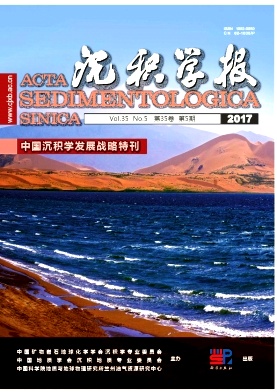The Earth's Penultimate Icehouse-to-greenhouse Climate Transition and Related Sedimentary Records in Low-latitude Regions of Eastern Tethys
doi: 10.14027/j.cnki.cjxb.2017.05.010
- Received Date: 2016-11-21
- Rev Recd Date: 2017-03-29
- Publish Date: 2017-10-10
-
Key words:
- deeptime paleoclimate /
- Late Paleozoic ice age /
- icehouse-greenhouse climate transition /
- Pangea /
- monsoon climate
Abstract: During the Period of Pangea in the Carboniferous-Triassic time, there occurred the Earth's last climate transition from icehouse to greenhouse state, which provides an unique deeptime window to understand the climate impact of deglaciation and global warming in the near future. Studies on the sedimentary records of this period revealed that glaciation, atmosphere CO2 concentration and climate have complicated coupling and feedback mechanisms along with floral replacement on lands and faunal migration in oceans. Low-latitude continents became drying with seasonal precipitation corresponding with Gondwana deglaciation, atmosphere pCO2 rising and temperature increase especially in the west tropical Pangea and monsoon climate came into its acme during the Triassic when the landmass of Pangea symmetrically spreading across the equator. Both North China and South China were island land blocks in the low-latitude eastern Tethys region during the Carboniferous-Triassic era. There developed sedimentary and biological records quite different from the counterparts in the western tropical Pangea, achieving critical information for deeptime climate changes. In this contribution, we briefly review the Carboniferous-Triassic paleoclimate evolution and then discuss the related sedimentary records of North China and South China, pointing out several potential study topics for future deeptime paleoclimate research in China.
| Citation: | YANG JiangHai, YAN JiaXin, HUANG Yan. The Earth's Penultimate Icehouse-to-greenhouse Climate Transition and Related Sedimentary Records in Low-latitude Regions of Eastern Tethys[J]. Acta Sedimentologica Sinica, 2017, 35(5): 981-993. doi: 10.14027/j.cnki.cjxb.2017.05.010 |






 DownLoad:
DownLoad: